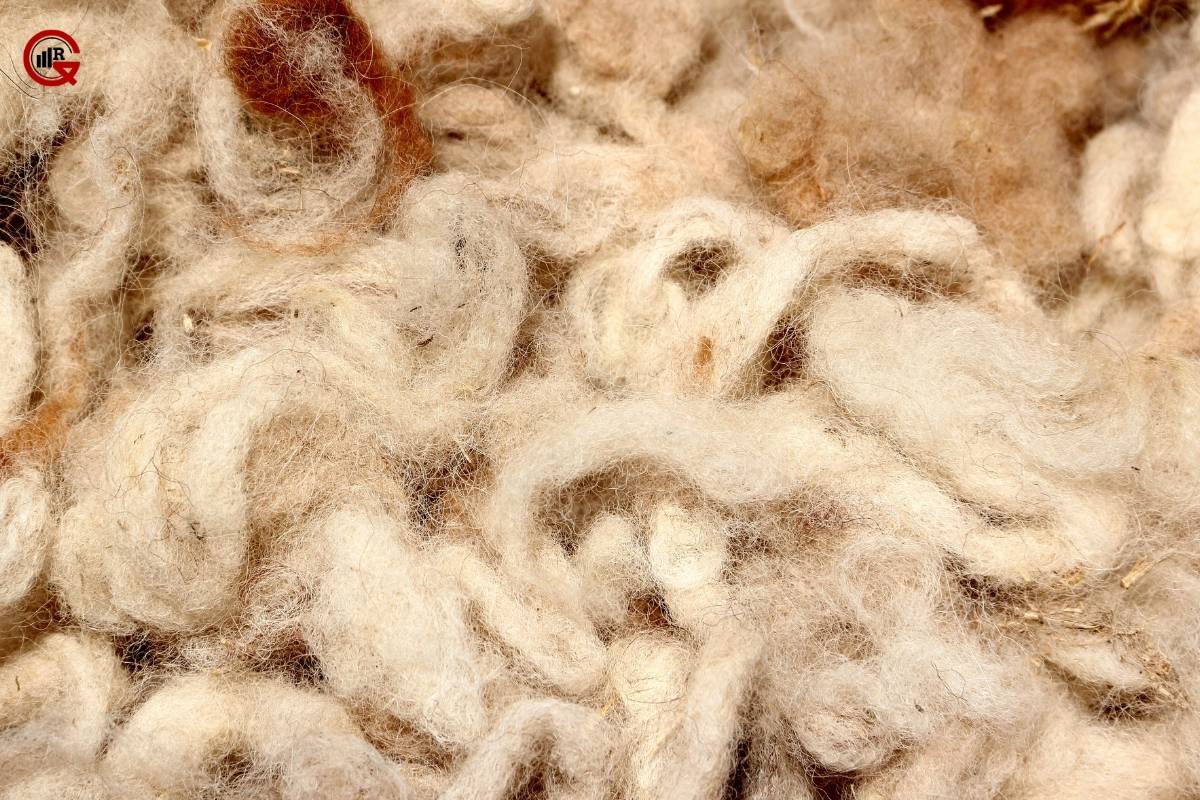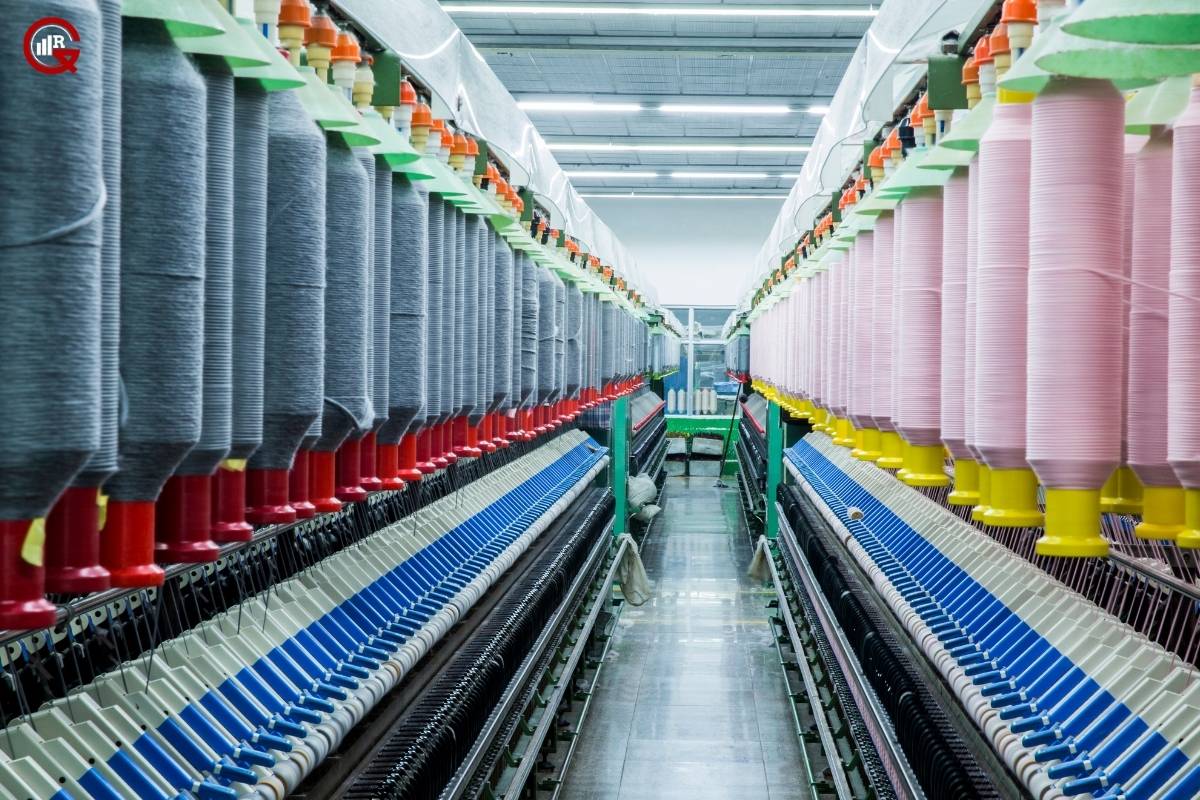Fibers are the fundamental building blocks of textiles, and they play a crucial role in determining the characteristics and properties of fabrics. When it comes to choosing fabrics for clothing, home furnishings, and other textile applications, one of the primary decisions is whether to opt for synthetic or natural fibers. Each type of fiber offers distinct advantages and disadvantages, and understanding the main differences between synthetic and fibers can help consumers make informed choices. In this comprehensive guide, we’ll explore the key differences between synthetic and natural fibers, including their sources, properties, sustainability, and applications.
From Nature to Fabric
Natural fibers are derived from plants, animals, or minerals, and they have been used for thousands of years to create textiles. Examples of fibers include cotton, wool, silk, linen, and hemp. These fibers are harvested or extracted from their natural sources and processed into yarns and fabrics through various techniques such as spinning, weaving, and knitting.
Properties of Natural Fibers:

- Breathability: Natural fibers are known for their breathability, allowing air to circulate freely through the fabric and preventing moisture buildup. This makes natural fiber fabrics comfortable to wear in warm weather and suitable for clothing and bedding.
- Softness: Many natural fibers, such as cotton and silk, have a soft and smooth texture that feels pleasant against the skin. This makes them ideal for creating garments and linens that are gentle and comfortable to wear.
- Absorbency: Natural fibers can absorb moisture, making them suitable for applications where moisture management is important, such as towels, bathrobes, and athletic wear.
- Biodegradability: Natural fibers are biodegradable, meaning they can be broken down by microorganisms in the environment, making them a more sustainable choice compared to synthetic fibers.
Synthetic Fibers: Engineered for Performance
Synthetic fibers are man-made materials produced through chemical processes using petrochemicals or other raw materials. Examples of synthetic fibers include polyester, nylon, acrylic, and spandex. These fibers are created in laboratories or factories and are designed to mimic the properties of fibers or offer specific performance characteristics.
Properties of Synthetic Fibers:
- Durability: Synthetic fibers are known for their durability and resistance to wear and tear, making them suitable for applications where strength and longevity are important, such as outdoor fabrics, upholstery, and technical textiles.
- Moisture Wicking: Many synthetic fibers have moisture-wicking properties, meaning they can draw moisture away from the skin and allow it to evaporate quickly. This makes them ideal for sportswear and activewear designed to keep the wearer dry and comfortable during physical activity.
- Crease Resistance: Synthetic fibers are often resistant to wrinkles and creases, making them easy to care for and requiring minimal ironing or pressing.
- Colorfastness: Synthetic fibers can be dyed to achieve vibrant and long-lasting colors, and they are generally more colorfast than fibers that are natural, retaining their hue even after repeated washing and exposure to sunlight.
Sustainability: Natural vs Synthetic Fibers
One of the key considerations when choosing between natural and synthetic fibers is their environmental impact and sustainability. Natural fibers are often perceived as more environmentally friendly because they are derived from renewable resources and biodegradable. However, the production of fibers can also have significant environmental impacts, such as water consumption, pesticide use, and habitat destruction.

On the other hand, synthetic fibers are typically made from non-renewable resources and are not biodegradable, posing challenges to waste management and environmental sustainability. However, advances in technology and manufacturing processes have led to the development of more sustainable synthetic fibers, such as recycled polyester and bio-based nylon, which offer reduced environmental impact compared to traditional synthetic fibers.
Applications: Choosing the Right Fiber for the Job
The choice between synthetic and fibers often depends on the specific requirements of the application. Each type of fiber offers unique properties and performance characteristics that make it suitable for different uses. For example:
1. Clothing:
Natural fibers like cotton, wool, and silk are popular choices for clothing due to their softness, breathability, and comfort. Synthetic fibers like polyester and nylon are often used in activewear and outdoor apparel for their durability, moisture-wicking, and quick-drying properties.
2. Home Furnishings:
Natural fibers such as linen and hemp are commonly used in home furnishings such as curtains, upholstery, and bedding for their natural texture and breathability. Synthetic fibers like polyester and acrylic are popular choices for their durability, stain resistance, and colorfastness.
3. Technical Textiles:

Synthetic fibers are widely used in technical textiles for their strength, durability, and performance-enhancing properties. Applications include automotive fabrics, industrial textiles, and medical textiles, where synthetic fibers offer superior performance and reliability.
Conclusion: Making Informed Choices
In conclusion, the choice between synthetic and natural fibers depends on a variety of factors, including the desired properties, sustainability considerations, and the specific requirements of the application. Both types of fibers offer distinct advantages and disadvantages, and understanding their differences can help consumers make informed choices when selecting fabrics for clothing, home furnishings, and other textile applications.
By weighing the pros and cons of each type of fiber and considering factors such as durability, comfort, and environmental impact, consumers can choose the right fiber for their needs and preferences, ensuring optimal performance and satisfaction in their textiles.






